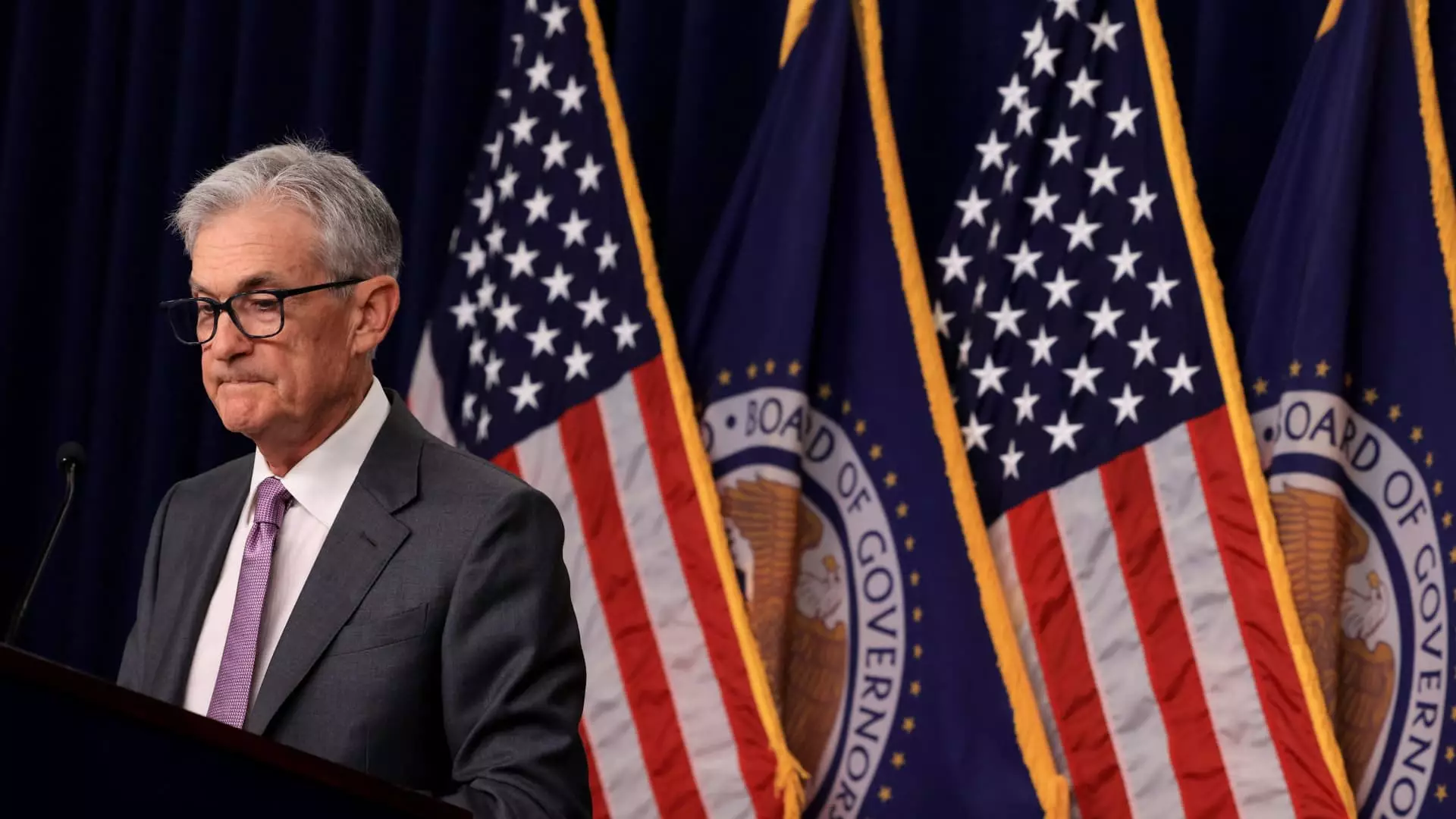The forthcoming policy speech by Federal Reserve Chair Jerome Powell at the annual conclave of global central bankers in Jackson Hole, Wyoming has sparked significant anticipation in financial markets. Despite the prevalent consensus that the Fed will initiate a cycle of rate cuts starting in September, the nuances and specifics of the impending monetary policy adjustments remain uncertain. Market participants are eagerly awaiting Powell’s insights to decipher the trajectory of interest rate movements in the upcoming months.
Amidst the backdrop of mounting economic challenges and global uncertainties, Powell’s speech is anticipated to provide direction on the central bank’s stance. The primary question lingering in the minds of investors is whether the initial reduction will be a quarter point or a bolder half-point move. While speculations abound, the prevailing sentiment suggests that a quarter-point cut is more likely, with a fraction of market players anticipating a more aggressive slash in interest rates. The decision will largely hinge on the evolving economic indicators and data fluctuations leading up to the scheduled committee meeting.
Notably, Powell’s previous addresses at Jackson Hole have served as pivotal moments for unveiling significant policy shifts and strategic initiatives. From delineating views on neutral interest rates to signaling future rate cuts, his speeches have charted the course for monetary policy outlook. Given the prevailing concerns around inflation dynamics and labor market fluctuations, Powell’s rhetoric is expected to convey a dovish undertone, resonating with market expectations for lower interest rates in the imminent future.
Throughout the past year, the Federal Reserve has maintained a conservative stance on monetary policy, refraining from any alterations in the overnight borrowing rate following a series of rate hikes. However, with mounting economic challenges and growing signs of a weakening labor market, the impetus for rate cuts has become palpable. Powell’s speech is anticipated to address economic headwinds and provide insights into the Fed’s inflation containment strategies, thereby assuaging market concerns and instilling confidence in the central bank’s proactive measures.
Goldman Sachs economist David Mericle’s projections align closely with broader market expectations, anticipating rate cuts in the upcoming meetings with subsequent easing in 2024. The envisioned policy path envisages a gradual reduction in the fed funds rate, aimed at stimulating economic growth and mitigating downside risks posed by prevailing economic uncertainties. Powell’s task at Jackson Hole extends beyond mere reassurance, as elucidating a coherent and nuanced monetary policy trajectory will be pivotal in shaping market sentiments and investor confidence.
As Jerome Powell prepares to deliver his highly-anticipated speech at Jackson Hole, the financial markets and economic pundits are awaiting his guidance on navigating the prevailing economic uncertainties and volatility. With inflation trends converging towards the targeted 2% mark and labor market indicators raising concerns, the onus is on Powell to strike a delicate balance between reinforcing market expectations and articulating a prudent monetary policy framework. The market’s anticipation and apprehensions underscore the significance of Powell’s forthcoming speech in providing clarity amidst the prevailing economic turbulence and global uncertainties. While the trajectory of monetary policy remains uncertain, Powell’s insights at Jackson Hole are poised to delineate the Fed’s response to the evolving economic landscape and chart a course for future policy initiatives.

